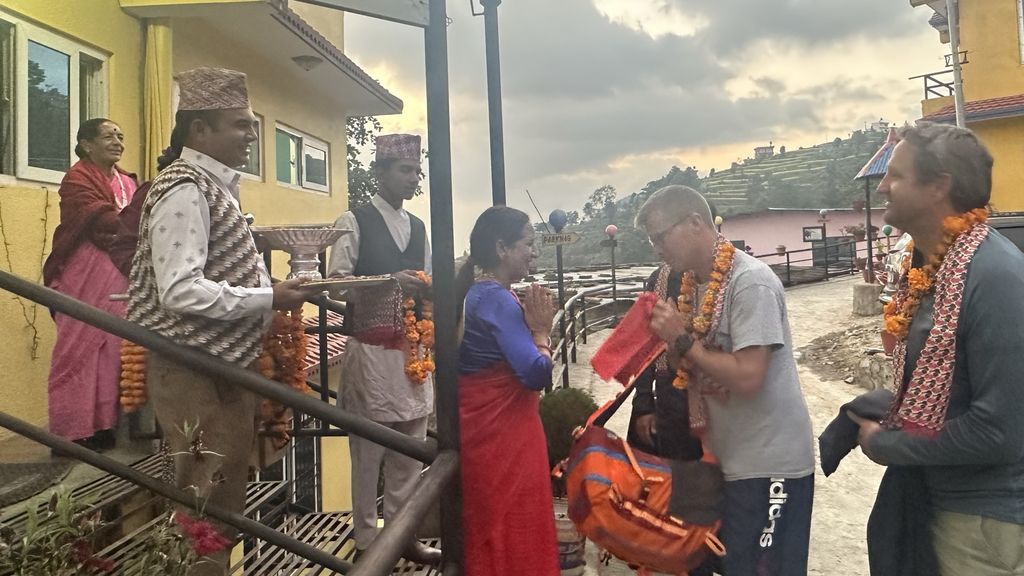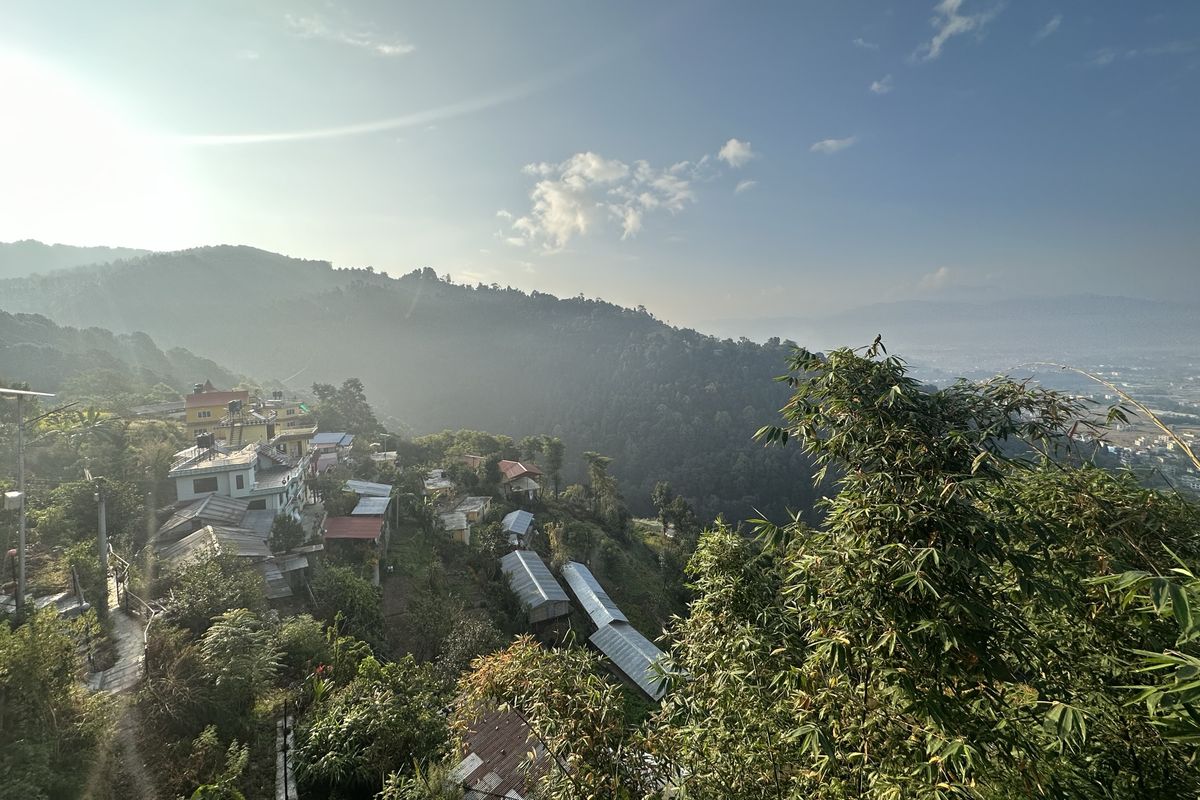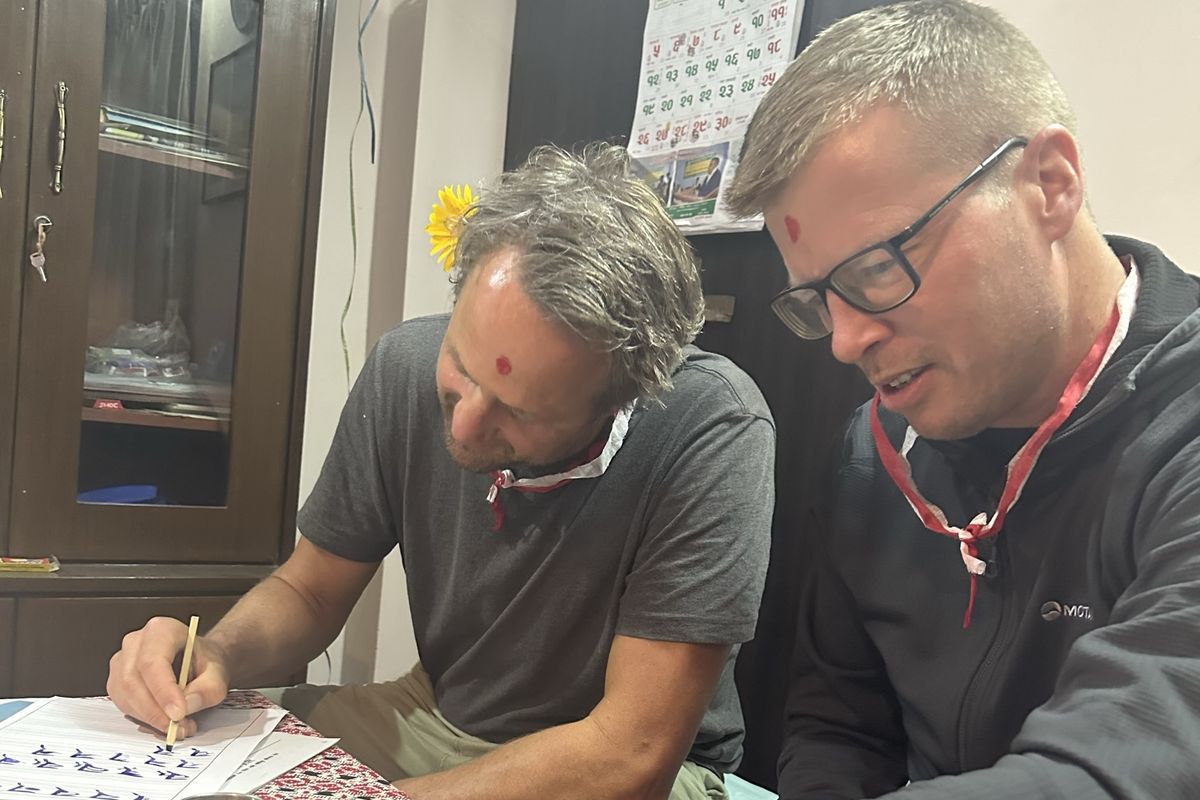In Detail: Nepal's Community Homestay Network
by Nick Pulley

We feel strongly that everyone who visits Nepal should spend some time amongst these communities. Doing so will not only enrich your own travel experience, it ensures that your visit has a meaningful and positive impact on the communities you visit and the people of Nepal. It’s a win-win.
Nick Pulley
The Community Homestay Network is an innovative travel initiative in Nepal that connects visitors directly with local hosts. They ensure travellers experience a true taste of Nepalese life, and the economic benefits go directly into local communities. Selective Asia’s founder, Nick, goes into greater depth about this inspiring organisation’s vital role.

Why is community-based tourism is especially vital in Nepal?
‘Nepal is not a wealthy country - far from it. Pre-pandemic, tourism accounted for 11% of Nepal’s GDP, so is clearly a very important part of the country’s income. However, when you consider that 97% of visitor spend in Nepal goes to large tourism organisations and international chains, this represents a very tight distribution channel, if we can really call it ‘distribution’ at all. Many international businesses don’t pay rates or taxes back into the Nepalese economy, and the communities on the ground see very little benefit beyond the local employment aspect, which comes with its own challenges.
Nepal also relies massively on its climbing season for the permit cost revenue, and parts of the industry have become somewhat saturated as a result. We’ve all seen those images of climbing parties queuing to get to the summit of Everest, and the waste left behind on the mountains.
The country is in a fairly difficult position geographically and politically, too. Sandwiched between the superpowers of China and India, Nepal can struggle to balance its own needs against the economic and political influences of both, which are often at odds with each other, leaving it stuck in a kind of economic limbo.
In the face of all this, a small number of in-country initiatives are now working very hard to bring more tourism revenue directly to local communities. This is where the Community Homestay Network comes into its own.’

Who are the Community Homestay Network?
‘The Community Homestay Network (CHN) is the real deal: a business dedicated to making sure tourism revenue goes straight into local communities. They are literally moving the dial on the distribution of Nepal’s tourism spend.
The way the model works is very clever. There have to be at least 4 houses in the group to make it a community, not just a single property, because that ensures enough capacity to make it a viable destination option. They have over 30 communities throughout the country now, many in places where there aren’t many other properties, if any, for visitors to stay in. The CHN doesn't own the properties - they are owned and managed by the communities themselves, over 90% of whom are women - they simply provide the marketing platform, the quality control and hospitality training.
For the traveller, the benefits are numerous. We get to travel away from the congested hotspots, into the rural areas and smaller towns. We walk on trails away from the main tourist treks, meeting Nepalese families, spending time with them and learning about their lives in a very natural and relaxed way. We eat home cooked meals, learn traditional skills, and experience the ‘real’ Nepal. Even if you aren’t staying in a homestay property, you can still take their cooking or calligraphy classes, for example, and use their excellent local guides.’

How does the economic model benefit local communities?
‘20% of the income generated by overnight stays is shared into a central community fund, managed by community members. The income goes towards local incentives such as providing street lighting and school scholarships. It is also used to promote the development of artisanal skills and to protect traditions such as the traditional Dhime Baja performance. That could also be providing scholarships for local young people, maintaining communal areas of the village or town, or even things like UNESCO recognition for local sites of historic importance. In communities close to Chitwan National Park, it has helped develop conservation networks and protect wildlife.
Having regular, reliable footfall from the homestays allows other micro-businesses in the area, like cafes, guiding and bike hire, to thrive too, bringing yet more income directly into the local economy.
Nepal’s neighbours, near and farther afield, should definitely be ‘looking over the fence’, as they say, and learning from it. So many stays that are put forward as homestay experiences are really just externally-owned B&Bs, and we’ve sort of been lulled into thinking they’re better, when they aren't. This one is the real deal.
At Selective Asia we’ve watched CHN projects and communities spread across Nepal for a number of years, but I don’t think I truly understood why it was so special until I’d experienced it for myself. I was just hearing the ‘homestay’ part, and it took me a while to grasp the real genius behind it - the finer details that are so important and that make this such a unique product. It’s ensuring that the revenue really is put back into the community, that everyone sees the benefit from it, and that those communities are making the decisions about it for themselves. It’s creating opportunities for a multitude of entrepreneurs in these communities, of all generations.’

What is it like to stay with the Community Homestay Network?
’There’s a real range of properties that caters for all manner of travellers, from backpackers to those looking for a few more creature comforts. It’s really flexible - there’s no ‘set’ way to structure your stay, or length of time you have to be in each property - and fits beautifully into pretty much any itinerary.
The hosts are genuine and so involved - you don’t really need to join a dedicated cooking class, when you can walk into the kitchen to chat with your host each evening, and then find yourself helping to prepare the meal! There’s a really natural rhythm, and you learn a huge amount about traditional Nepalese ways of life; it breaks down barriers, leading to some amazing conversations. And at the centre of it all is this really carefully considered structure that ensures the whole business really does benefit the community first. Where it’s not possible or right for someone to include a homestay in their trip, we’ll always try to ensure we include some of the project’s daytime experiences, so that the benefits of your trip are still reaching the community.
There are now 34 Community Homestay Network locations in Nepal - not 34 individual homestays, but 34 communities. In each there are multiple properties, somewhere typically between 4 and 10 in each location. That’s multiple family businesses that work directly with visitors, often in extremely remote locations, well away from areas that would otherwise see any travel business. Panauti and Kurtipur are two of my favourites, but they’re all so different, and each one has something individual to offer. It is an outstandingly brilliant product.’
Get in touch with our Nepal specialists to start planning your Nepal adventure, and discover the brilliant Community Homestay Network for yourself.
by Nick Pulley on 16th September 2024